Snakes in general and venomous snakes in particular are distributed throughout Vietnam, in many different terrains, including plains, midlands, tropical forests, high mountains and even in marine environments...
Among the venomous snakes in Vietnam, many species are found even in densely populated areas. Recognizing venomous snakes will help reduce the risk of snakebites, leading to unfortunate accidents.
Below are some venomous snakes with easily identifiable characteristics in Vietnam. Based on these characteristics, readers can recognize if they encounter a snake crawling into their home or living area to have appropriate treatment measures.
Cham cobra - The snake species known as "living mines" in Vietnam
The Calloselasma rhodostoma ( scientific name Calloselasma rhodostoma), also known as the Malaysian viper, is a venomous snake belonging to the viper family.
Indigo snakes are widely distributed in Southeast Asia, including Vietnam, Thailand, Malaysia, Cambodia, part of Indonesia...
In Vietnam, the Indigo snake is distributed in the South Central region, Central Highlands, Southeast region... in which the most common and frequent are Binh Thuan, Ninh Thuan , Ba Ria-Vung Tau, Nui Cam - An Giang...
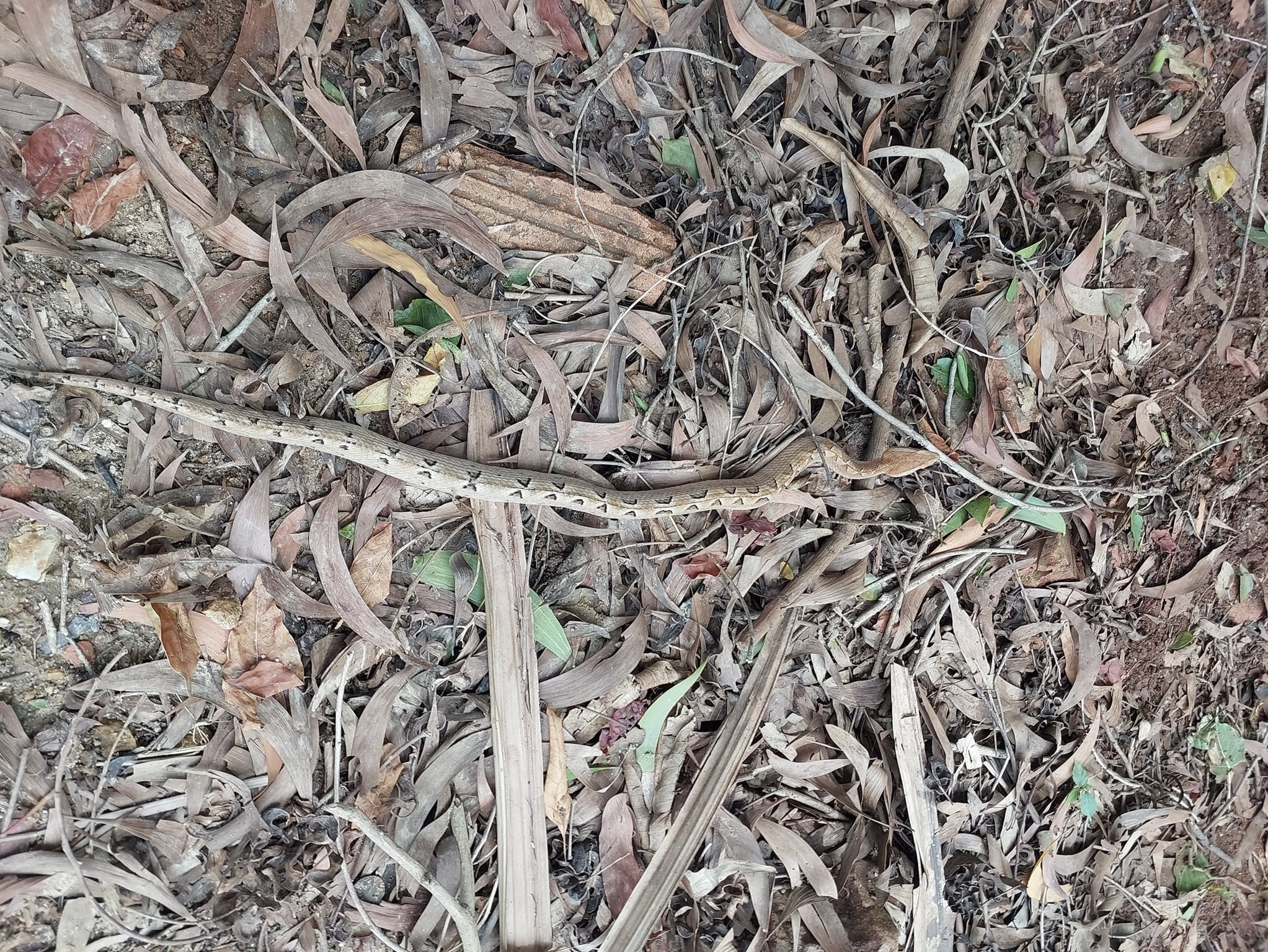
The indigo snake is easily recognized by its symmetrical triangular pattern, forming a butterfly shape on its body (Photo: Nguyen Chi Lam).
The Indigo Snake is often found in rubber, cajuput, eucalyptus forests, abandoned agricultural land with lots of grass, fruit gardens, etc. Notably, the Indigo Snake is sometimes found in areas where humans live because they often chase rats, the favorite food of this snake species.
This snake species is usually 70 to 90cm long when fully grown, sometimes up to 1m long, females are usually larger than males. The indigo snake has a distinct head and neck, the head is large and triangular.
A very recognizable feature of this snake is that along its spine there are symmetrical brown triangular patterns, forming a butterfly-like shape. The body of this snake is yellow-gray or brown.
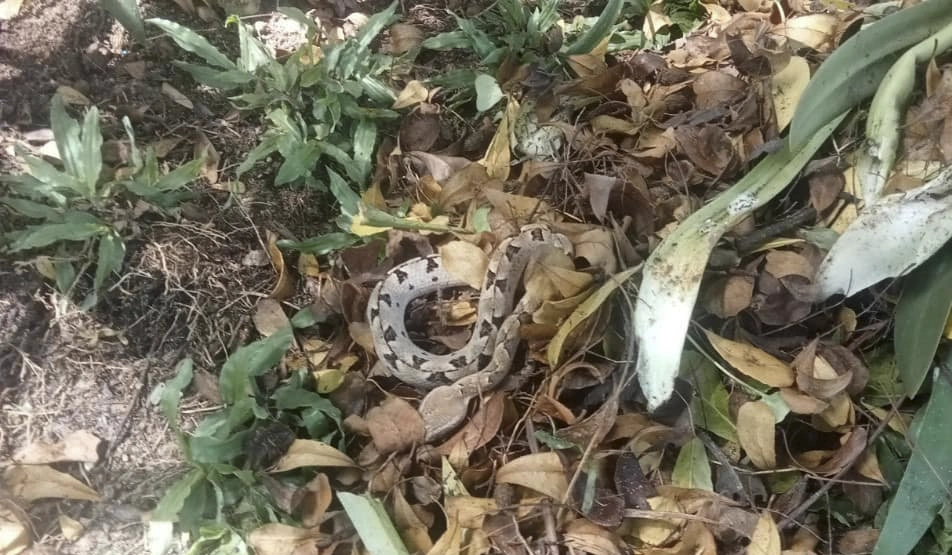
The color of the indigo snake makes it very difficult to detect in hiding environments (Photo: SIFASV).
The Indigo Cobra usually hides under piles of dry leaves. Due to the color characteristics of its body, it is difficult to recognize the presence of this snake in areas with a lot of dry leaves, especially in plantations. The Indigo Cobra can also be found under tree holes, rocks...
While other snakes, including venomous snakes, usually try to hide when humans approach, the indigo snake will curl up and lie still in the pile of dry leaves, instead of trying to hide. If a human accidentally steps near or steps on it, the indigo snake will strike, then it will continue to curl up and lie still in the same place, ready to attack again.
Video shows the stationary attack characteristic of the indigo snake (Video: Viet Jungle School).
It is this behavior of lying still in place to defend itself, rather than running away when feeling threatened, that gives the indigo snake its nickname "human mine".
The cobra is a snake that possesses venom with cytotoxic and blood-affecting enzymes (hemotoxic), capable of destroying red blood cells and tissues, causing severe pain and bleeding.
Because the indigo snake is easily identified by its body patterns and colors, people can proactively avoid confrontation or have appropriate handling plans when encountering this snake in the wild or where they live.
Indigo snake appears on the roadside in Phan Thiet city, Binh Thuan (Video: SIFASV).
Krait - A venomous snake with distinctive black and white stripes
Bungarus (scientific name Bungarus) is the common name of a genus of snakes in the cobra family, possessing deadly venom.
In Vietnam, there are two species of kraits distributed, including the northern krait (scientific name Bungarus multicunctus) and the remaining species is the southern krait (scientific name Bungarus candidus).

Image to distinguish between the male and the northern krait. Both have characteristic black and white bands and a high spine (Photo: TL).
The names northern krait and southern krait refer to the distribution range of these two snake species. In which, northern krait is distributed mainly from Nghe An to the northern provinces, while southern krait is distributed from the central to southern provinces of Vietnam.
The northern krait usually lives in plains and mountainous areas at an altitude of about 1,300m. They often live in dense bushes, forests, mangrove forests, rice fields...
The male banded krait usually lives in tropical forests, wet soil near water sources, rice fields, agricultural land... This snake species is often found at altitudes of 250 to 300m, rarely found at altitudes above 1,500m above sea level.
Both species of kraits are notable for their bodies with alternating black and white stripes, triangular bodies with high backs.

Close-up of a male banded krait with black and white rings and a triangular back (Photo: TNP).
Adult northern kraits can grow to between 1 and 1.5 metres in length, occasionally reaching lengths of up to 1.8 metres, but this is rare. Meanwhile, the male krait is smaller, between 0.8 and 1.3 metres in length, and can grow to 1.6 metres, but this is also very rare.
The male Krait is a nocturnal snake. It is usually slow and shy during the day.
This snake has a very dangerous characteristic, which is that it likes to hide in narrow spaces. Therefore, they can crawl into the house and hide in hidden places in the house such as corners of walls, under the cupboard, under the bed or sometimes even under the pillow on the bed.
Although this snake does not actively attack humans, because it often hides in hidden and hard-to-see places in the house, if people accidentally touch or step on it, they can be bitten by a banded krait.
The moment a banded krait crawled onto the bed at night in Lam Dong (Video: Lee Nan).
This snake has a bite that is usually not painful, and the bite can be so mild that people who are sleeping soundly do not know they have been bitten. This can be dangerous for the victim, because they do not know they have been bitten by a venomous snake and are not taken to the hospital in time.
Kraits are neurotoxic snakes. Even if a conscious person is bitten by a snake, the bite will only cause a slight itch and numbness, without causing swelling or pain to the victim, causing many people to be subjective.
However, the krait is considered one of the most venomous snakes on land. If not treated promptly, the venom of the krait will affect the nervous system, causing symptoms such as drooping eyelids, chest pain, body aches, weak limbs, loss of voice, difficulty breathing, etc., and eventually leading to death.
The color and appearance of the krait are quite similar to those of the genus Lycodon. This is a genus of the water snake family, with body color also consisting of white and black rings.
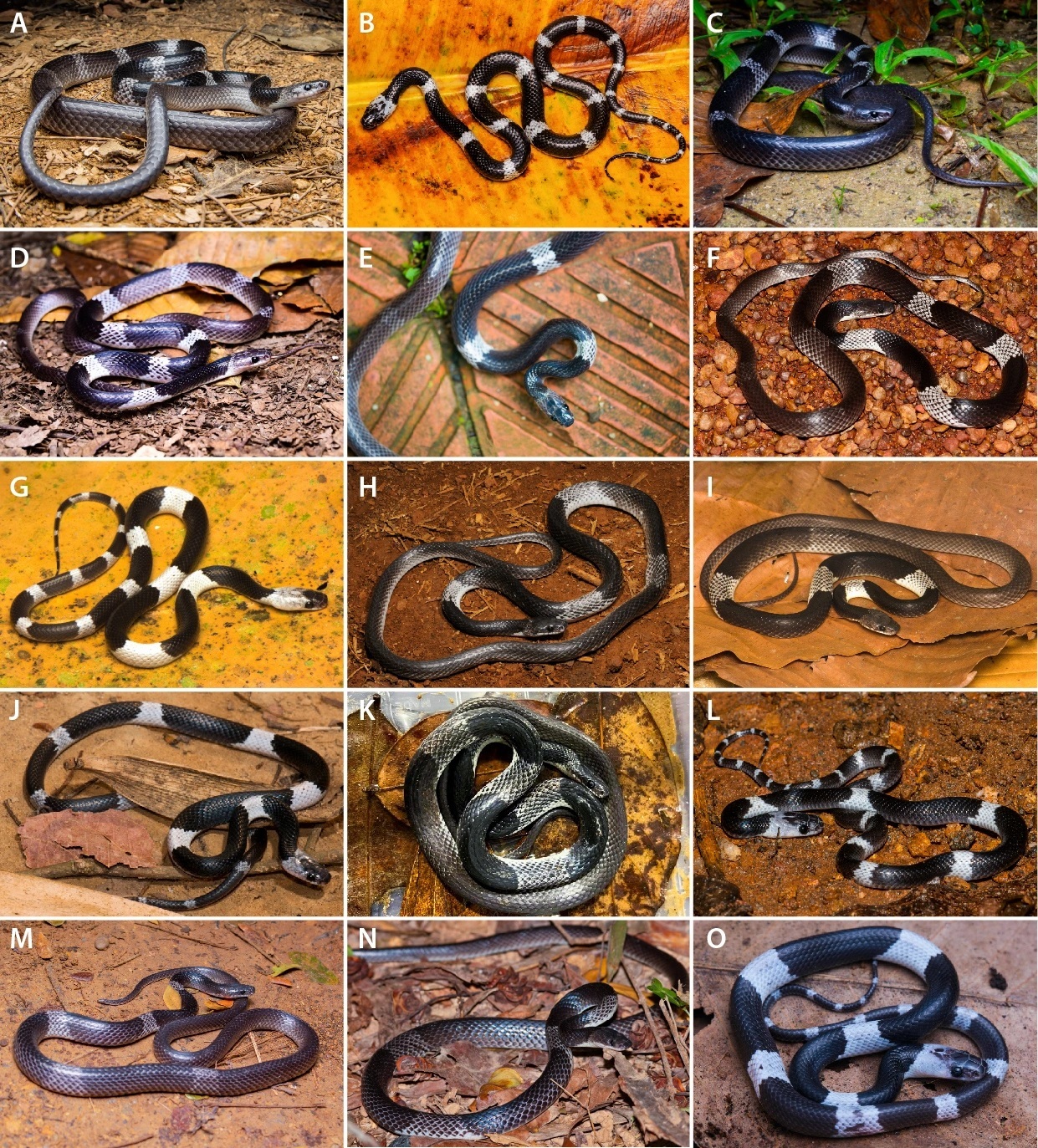
Morphological variations of the Indochinese krait, a harmless snake that resembles a krait in appearance (Photo: Nguyen Van Tan).
Identifying and distinguishing between kraits and pit vipers is not simple, even for those who have experience with snakes. Therefore, when encountering snakes with white or black bands on their bodies, people should proactively stay away, instead of trying to identify and distinguish whether they are venomous snakes or not.
Krait - A venomous snake with characteristic yellow and black rings
The banded krait, scientifically known as Bungarus fasciatus, is another species of snake in the genus Bungarus, family Cobra. This snake is found in many areas in Asia, including Vietnam.
In our country, this snake species is widely distributed throughout the country, living in terrains from plains, midlands to mountains. They often live in termite mounds, rodent burrows, in tree holes, under rocks...
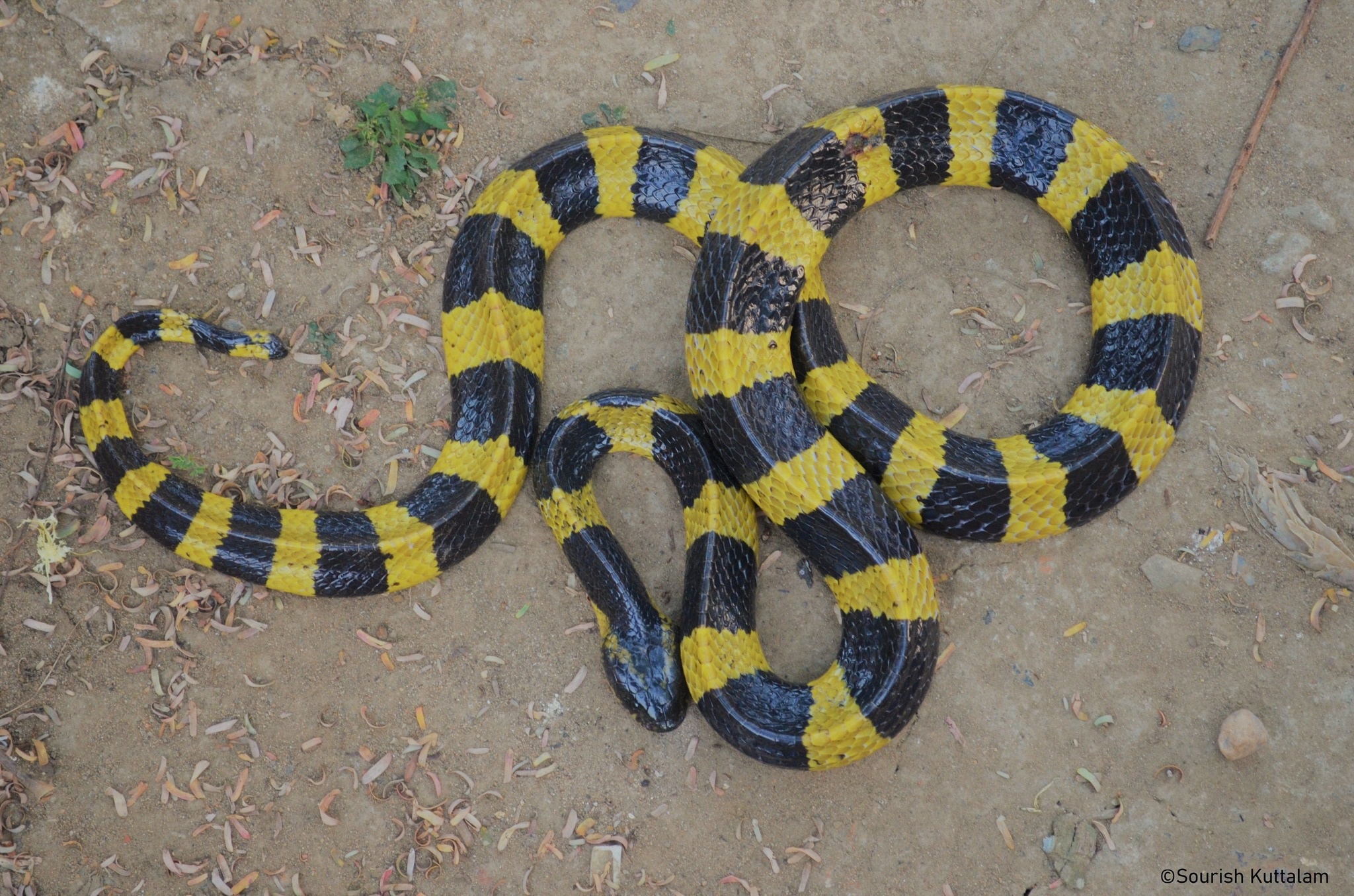
A banded krait with a distinctive black and yellow banded body and a raised spine (Photo: Sourish Kuttalam).
The banded krait is a large snake, averaging 1.8 m in length and rarely reaching a maximum length of 2.3 m. The banded krait is distinguished by its yellow and black bands all over its body. The head is black with two yellow markings, forming an arrowhead.
However, the color of the banded krait can change depending on their habitat, such as the yellow part becomes lighter and tends to turn white, similar to the krait.
Like the krait, the banded krait has a triangular body with a high back.
Banded kraits are also nocturnal snakes, with a diet of fish, frogs, rodents, small reptiles and some other snakes smaller than themselves. Banded kraits do not chase prey but usually wait for prey to pass by to attack and eat.

The tapered, not pointed tail is also an identifying feature of the banded krait (Photo: iNatural).
Banded kraits are attracted to and follow fire, so they may appear at campfires of picnickers, hikers, and overnight campers.
Banded kraits are extremely venomous snakes, with strong neurotoxic venom that can be fatal if not treated promptly. Therefore, if you encounter a snake with the above characteristics, keep a safe distance, do not try to approach or catch it to avoid being bitten.
Source: https://dantri.com.vn/khoa-hoc/nhung-loai-ran-doc-co-dac-diem-de-nhan-dang-tai-viet-nam-phan-2-20250315090812686.htm





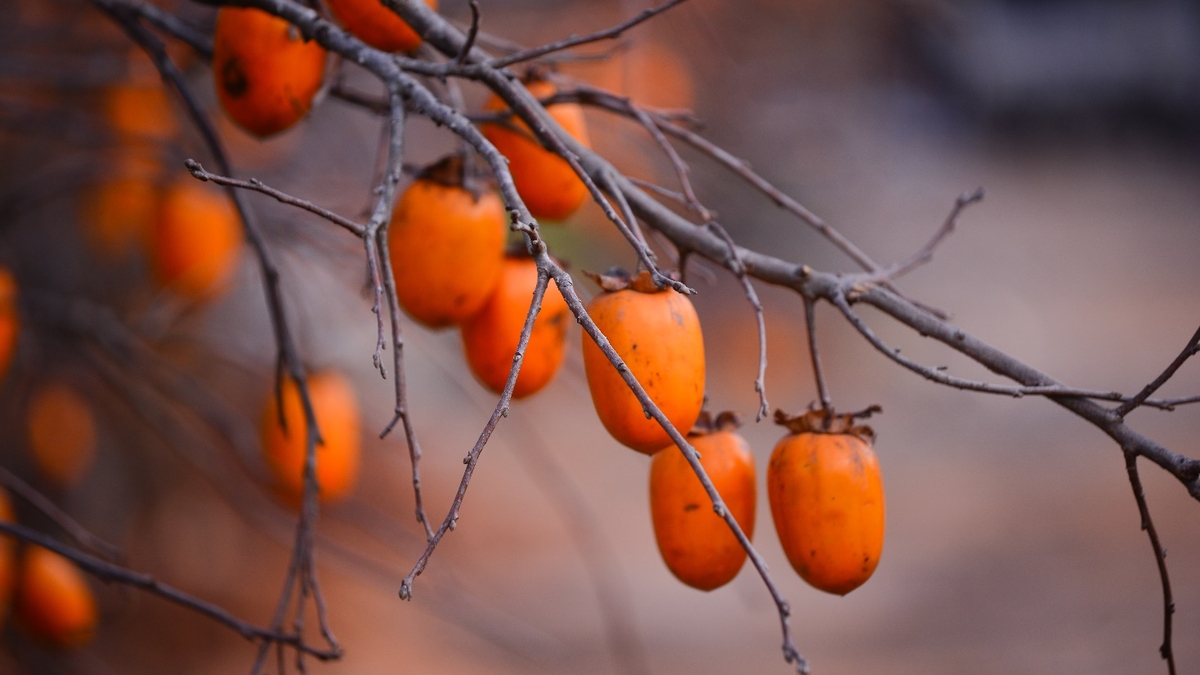

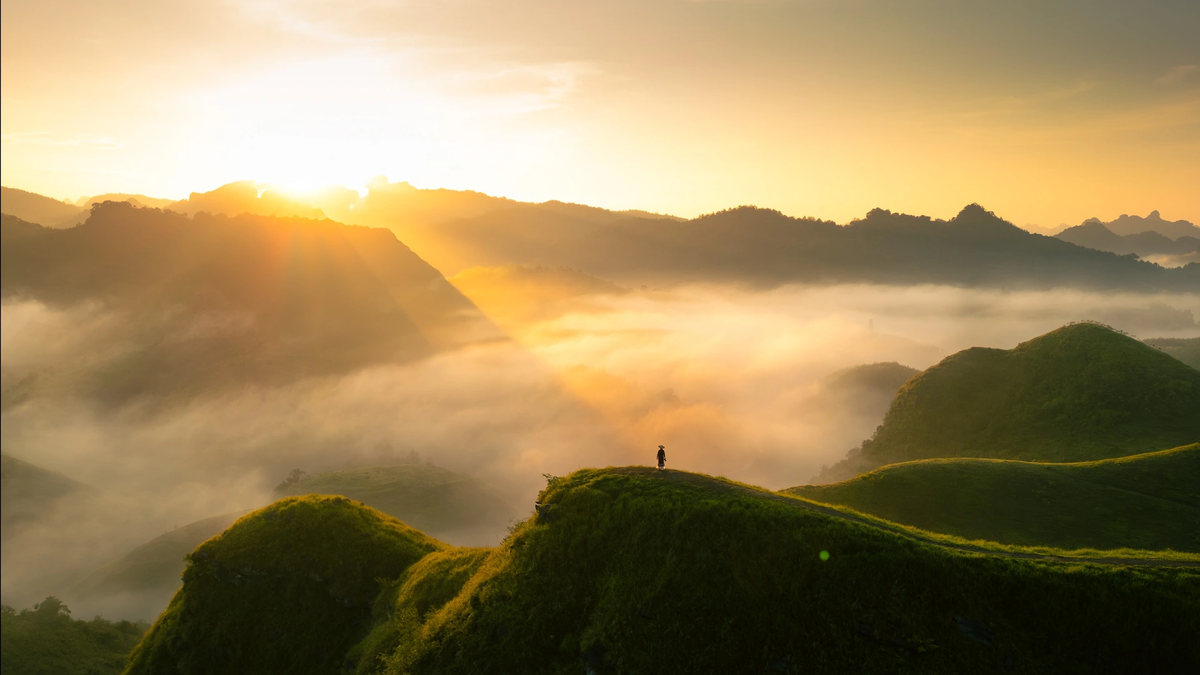



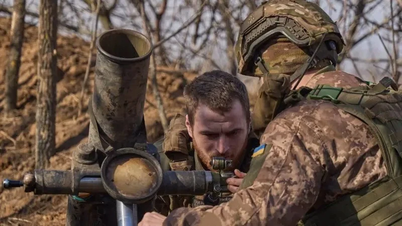





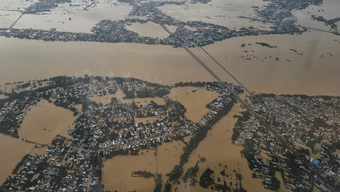




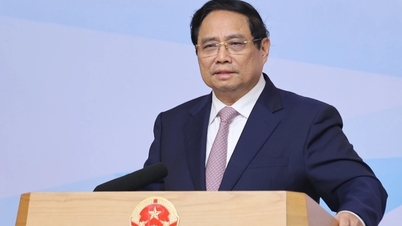
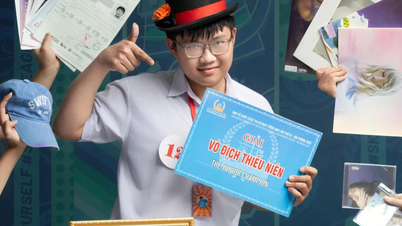










































































Comment (0)